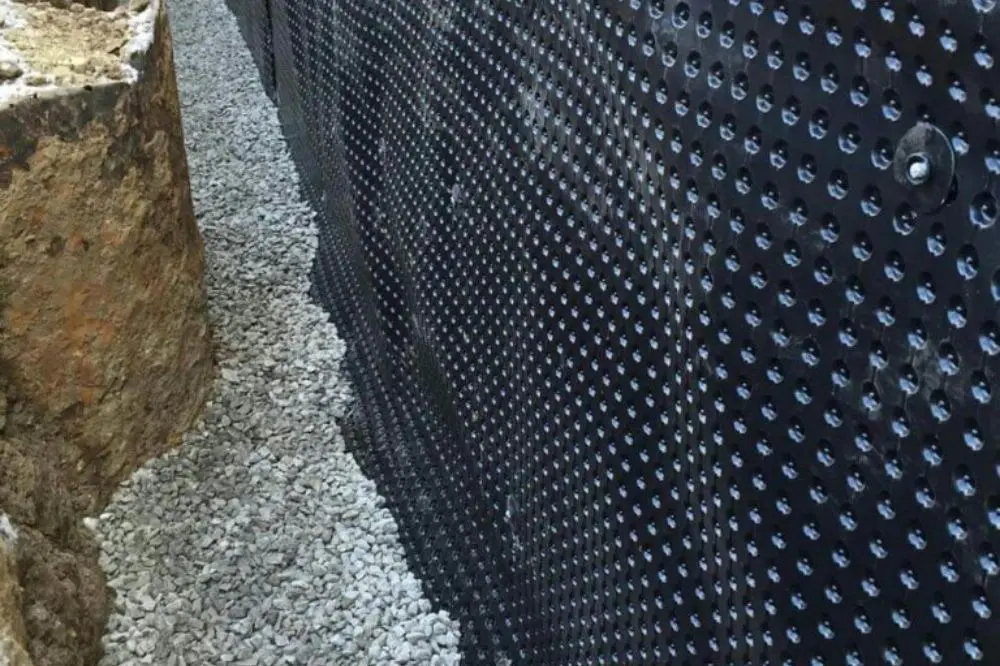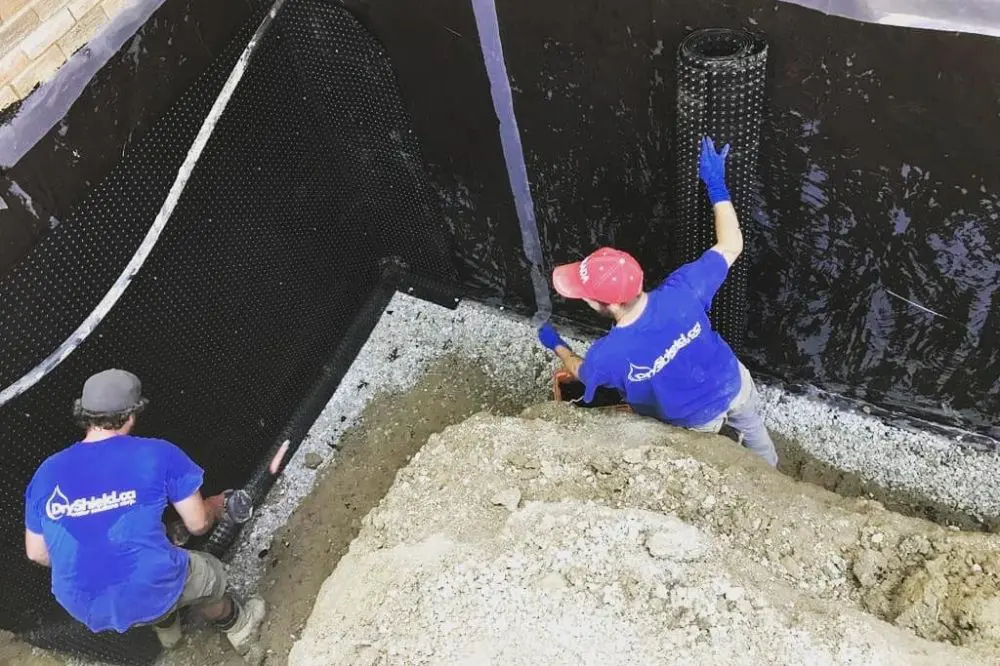Water leaks aren’t always immediately apparent. A small crack in the basement wall or slight dampness in the corner may not seem serious. However, over time, these minor issues can develop into significant structural problems.
In a city like Toronto, where homes face heavy rainfall, snowmelt, and rapid temperature changes, waterproofing isn’t a luxury—it’s a necessary part of home maintenance. A well-sealed home not only prevents flooding but also protects the structure from long-term damage.
When water enters through foundation walls, it can lead to mould, rot, or even foundation weakening. That’s why more homeowners are turning to waterproofing services to stop the damage before it starts.
Modern waterproofing uses a mix of physical barriers, drainage systems, and sealing materials. These techniques are designed to block water at entry points and safely direct it away from your home. Let’s take a closer look at how each method works to keep your house dry, safe, and sound.

How Modern Techniques of Waterproofing Keep Homes Dry
1. Exterior Waterproofing Systems
This is one of the most reliable ways to prevent water from entering. The process involves digging around the home’s foundation to expose the walls. Workers then apply a waterproof membrane and install a drainage pipe at the bottom.
This system prevents water from contacting the wall and directs it to a safe drainage point, such as a storm drain or sump pump. It’s beneficial in areas with poor soil drainage or sloped yards.
2. Interior Drainage Systems
If water finds a way inside, an interior drainage system helps manage it. A shallow trench is dug around the inside perimeter of the basement. A pipe is placed in the trench to collect water and carry it to a sump pump.
This method doesn’t stop water from entering but makes sure it doesn’t build up or damage your walls and floors. It’s also quicker to install than exterior systems and can be done without digging up your yard.
3. Crack Injection Sealing
Small cracks in concrete foundations are a significant cause of water leaks. These are common in older homes or those with soils that are prone to shifting. Professionals use polyurethane or epoxy to seal the cracks from the inside.
These materials expand and bond with the concrete, sealing the crack even if it shifts slightly over time. It’s a cost-effective solution for non-structural leaks and can be done quickly with little mess.
4. Vapour Barriers
A vapour barrier is usually a plastic or foil sheet installed behind walls or under floors. Its job is to stop water vapour from entering the structure. This is important in basements, where humidity levels tend to be higher.
Without a vapour barrier, moisture can get trapped in insulation, causing mold or even wood rot. Adding this simple layer can significantly improve indoor air quality and comfort.
5. Sump Pumps
These devices are installed in a pit at the lowest part of the basement. When water collects in the pit, the pump turns on and pushes it out through a pipe that leads away from your home.
Sump pumps are essential in flood-prone areas or homes built on clay-rich soil. Many homeowners pair them with a battery backup to keep them running during power outages.
6. French Drains
A French drain is a gravel-filled trench with a perforated pipe that redirects surface and groundwater away from the house. It’s often installed outside the foundation wall or near problem areas in the yard.
By lowering water pressure against basement walls, French drains reduce the risk of leaks and dampness inside the house.
7. Proper Yard Grading
Sometimes the shape of the yard causes water to flow toward the house. Regrading the land so it slopes away from the home helps direct water away.
Adding soil near the foundation, adjusting landscaping, and installing gutters or downspouts are all part of this approach.
8. Window Well Drains and Covers
Basement windows often sit below ground level, making them vulnerable to water pooling. Adding a small drain inside the window well helps move rainwater away. A clear plastic cover can also keep water and debris out.
These minor upgrades protect both the windows and the surrounding wall from leaks.
Need help figuring out which method is best for your home? Don’t wait until a small leak turns into a big problem. Contact us to speak with a specialist in waterproofing in Toronto.
Summary!
Waterproofing isn’t about one quick fix. It’s a full system of methods that work together to stop leaks, control moisture, and protect your home from future damage. Each technique—from sump pumps to crack injections—targets a specific point where water can get in.
In Toronto, where the weather can change quickly, homeowners need a reliable waterproofing solution. Dryshield Waterproofing Toronto offers tested solutions tailored to local needs. Whether you’re dealing with basement moisture or planning preventive upgrades, choosing expert help ensures long-term results.




